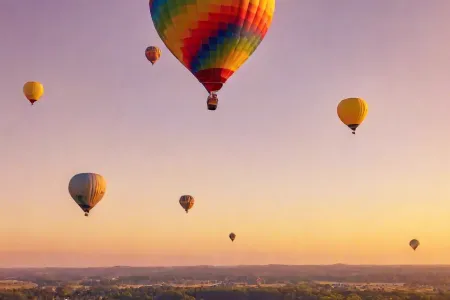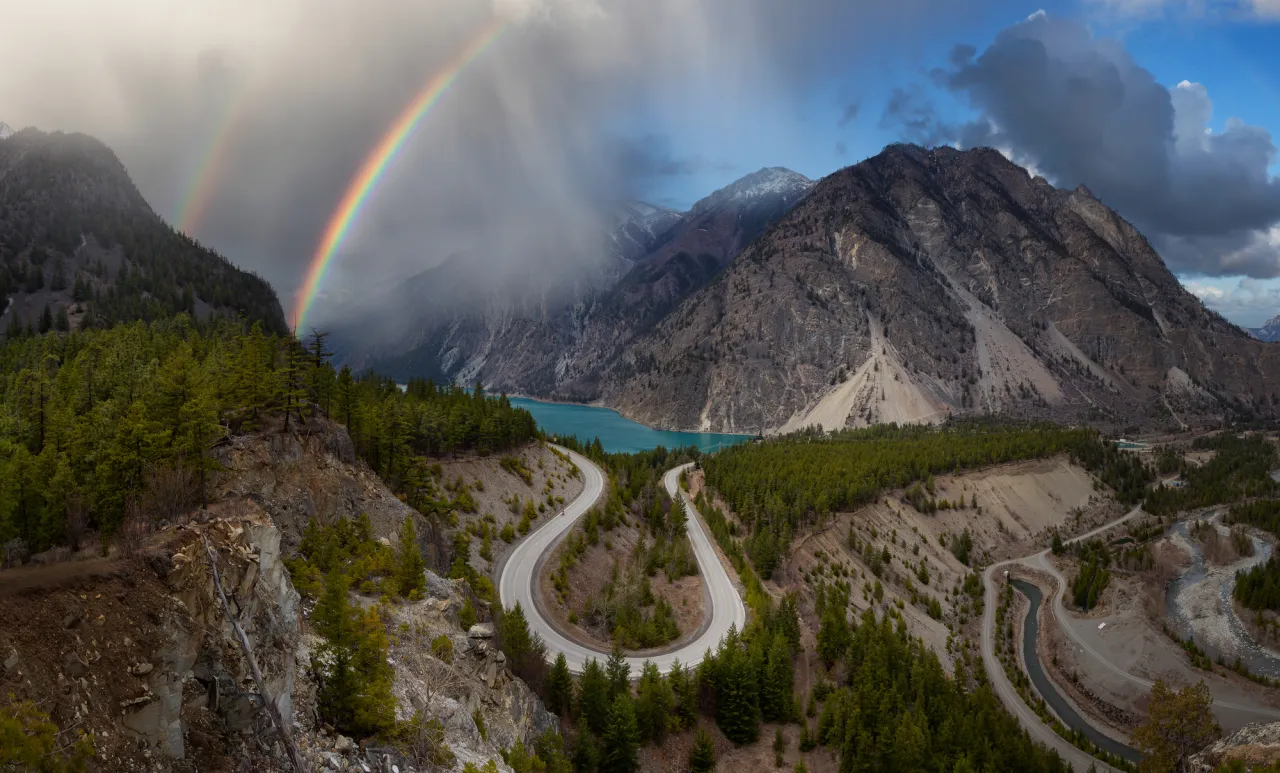8 найпопулярніших планів у зйомці з поясненнями й порадами
Щоб створити ефектне фото чи відео, потрібно врахувати стільки деталей, що деякі нюанси можуть залишитися поза увагою. Хоча існує багато прийомів залучення глядачів, приваблива композиція є однією з головних умов гарного зображення. Те, як ви кадруєте об’єкт, тобто обираєте, наскільки близько чи далеко знімати його та під яким кутом, сильно впливає на результат і сприйняття авдиторії.
Незалежно від того, чи знімаєте ви повнометражний фільм, чи створюєте рекламне відео для соцмереж, поєднання різних планів допоможе зацікавити глядачів й утримати їхню увагу, а також додати глибини сценам. З огляду на це ми підготували список із 8 найпоширеніших планів і ракурсів, які ви можете використати у наступному креативному проєкті. Продовжуйте читати, щоб дізнатися про них більше!
Що таке план у зйомці
План — це певний ракурс камери й відстань, що визначають розмір об’єкта зйомки та його вигляд у кадрі. У кіновиробництві плани зазвичай обирають заздалегідь і навіть прописують у сценарії. Комбінації різноманітних планів і рухів камери можуть урізноманітнити композицію сцени та додати динаміки серії кадрів. Їх також використовують, щоб досягти певних ефектів, підкреслити деталі, емоції або рух.
Найпоширенішими планами є великий, середній і загальний, але кожен з них має кілька варіантів. Їх розрізняють за:
- відстанню — залежно від наближеності до об’єкта;
- ракурсом — залежно від розташування камери відносно об’єкта.
Нижче ви знайдете повний список планів з поясненнями та порадами щодо їх використання у креативних проєктах.
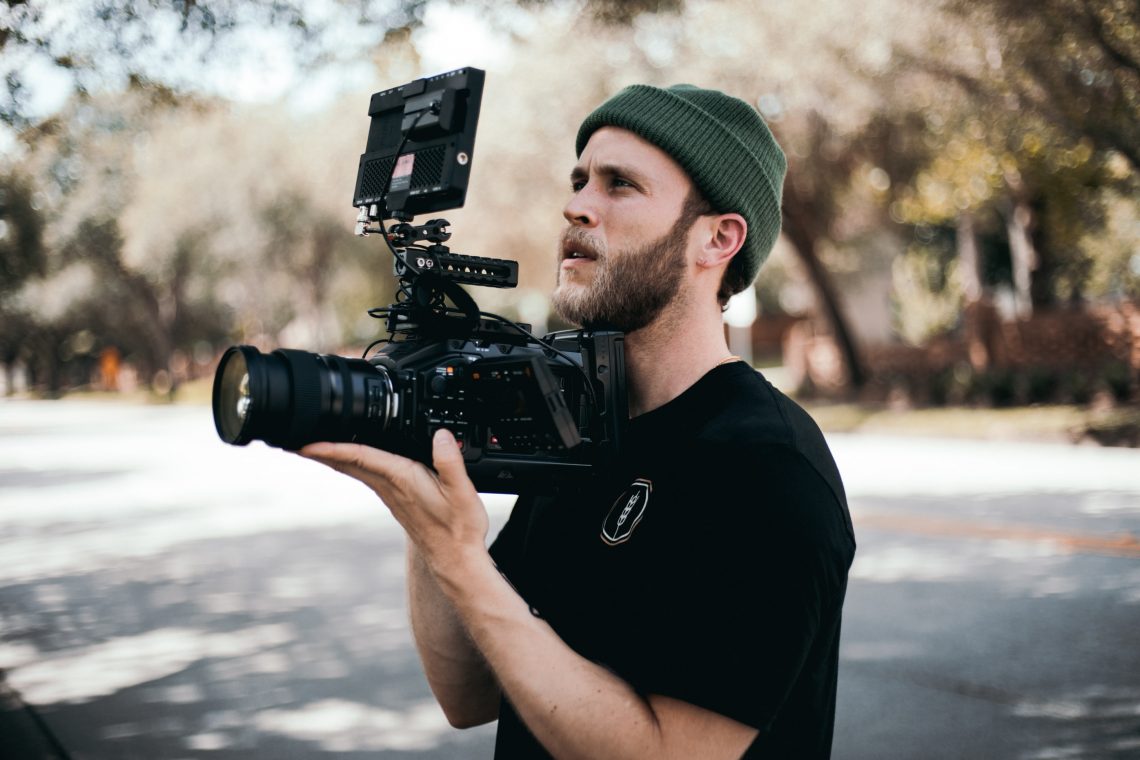
8 найпоширеніших планів
- Дальній план
- Загальний план
- Середньо-дальній план
- Середньо-великий план
- Великий план
- Макроплан
- План від першої особи
- План з-за плеча
1. Дальній план
Дальній план знімають з дуже великої відстані від об’єкта. Він показує, де відбувається сцена, тому його часто використовують, щоб представити місце подій. Як адресний план, він дає глядачеві розуміння локації та зазвичай з’являється на початку фільму або нової сцени. Іноді дальній план демонструє масштаб того, що відбувається у сцені, даючи глядачам можливість побачити всю картину цілком.
Ви можете використовувати дальній план, якщо хочете, щоб об’єкт здавався маленьким на фоні місця зйомки. Це дозволить передати, що персонаж почувається самотнім або ізольованим. Дальній план також може підкреслити, що об’єкт приголомшений навколишньою обстановкою.
2. Загальний план
Загальний план — те саме, що і дальній, але трохи ближче. У цьому випадку місце все ще домінує у кадрі, проте об’єкт також видно в деталях. Даний план досить близький, щоб показати будь-якого персонажа у повний зріст, не заповнюючи весь кадр. Його знімають за допомогою ширококутного об’єктива, щоб залишити багато простору в кадрі.
Загальний план показує розмір об’єкта порівняно з оточенням. Подібно до дальнього плану, його також можна використовувати, аби дати краще розуміння обстановки та вписати персонажа у контекст локації. Крім того, іноді загальний план обирають, щоб створити відчуття дистанції між глядачем і фільмом.
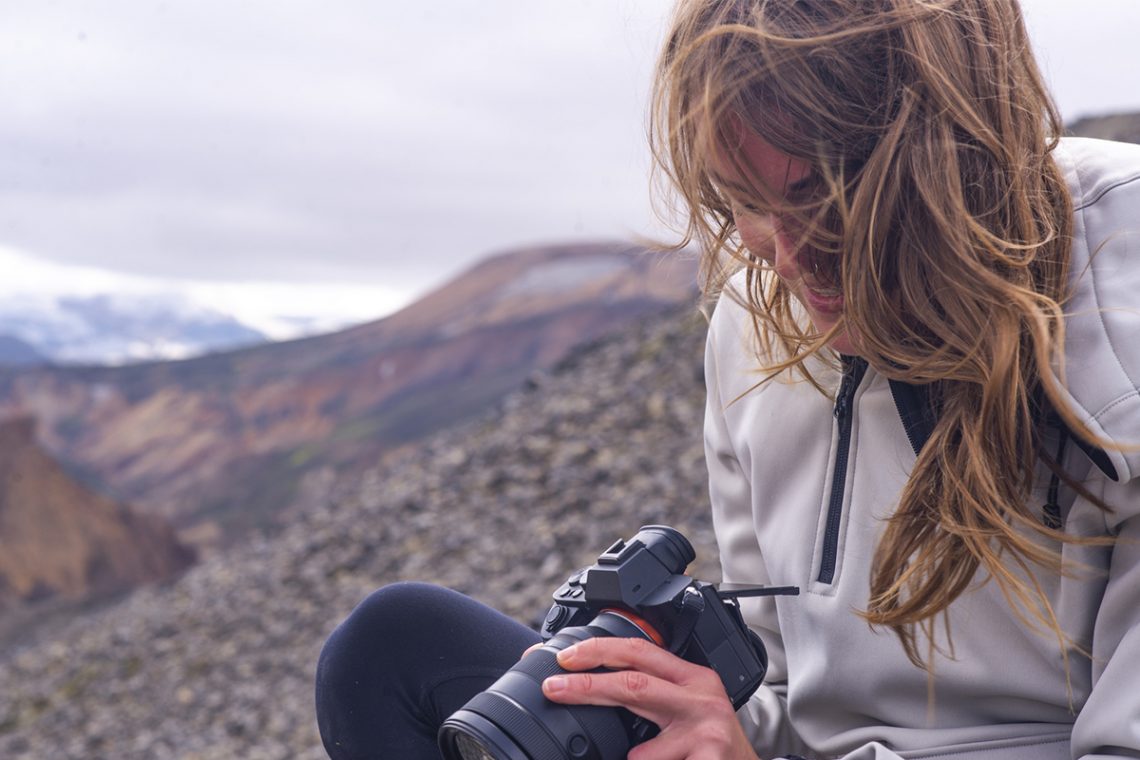
3. Середньо-дальній план
Середньо-дальній план передбачає зйомку об’єкта з ближчої відстані (приблизно від колін). Це дозволяє передати його мову тіла, жести й індивідуальність. Середньо-дальній план показує менше обстановки й більше рис людини. Зазвичай його використовують, щоб одночасно зафіксувати два різні елементи кадру.
Багато кінематографістів називають середньо-дальній план американським або ковбойським. Все тому, що його часто використовували у вестернах, показуючи ковбоїв у героїчних, впевнених позах. Однак цей план також підкреслює інші аспекти психічного чи емоційного стану персонажів.
4. Середньо-великий план
Середньо-великий план показує об’єкт від плечей. Він привертає більше уваги до персонажа, але залишає місце для обстановки. У середньо-великому плані добре видно вираз обличчя та мову тіла об’єкта. Зазвичай його використовують, коли персонажі розмовляють один з одним. Щоб підкреслити особливо важливий момент у сцені діалогу, також можна створити послідовність із середнього та великого плану.
Оскільки середньо-великий план надає однакову вагу об’єкту та його оточенню, кінематографісти мають можливість зберегти високий рівень деталізації, зосереджуючись на всій сцені.
5. Великий план
Великий план дозволяє фіксувати деталі або емоції з близької відстані. Завдяки цьому глядачі можуть читати вираз обличчя персонажа й краще розуміти його емоції. Під час зйомки великим планом головний фокус на об’єкт, що допомагає посилити напругу та зміцнити зв’язок із глядачами.
Великий план ідеально підходить для підкреслення важливих моментів. Він не відволікає глядачів фоном чи іншими несуттєвими деталями, натомість часто підказує глядачам, що їм слід звернути увагу на певний символ, який з’являється у фільмі.
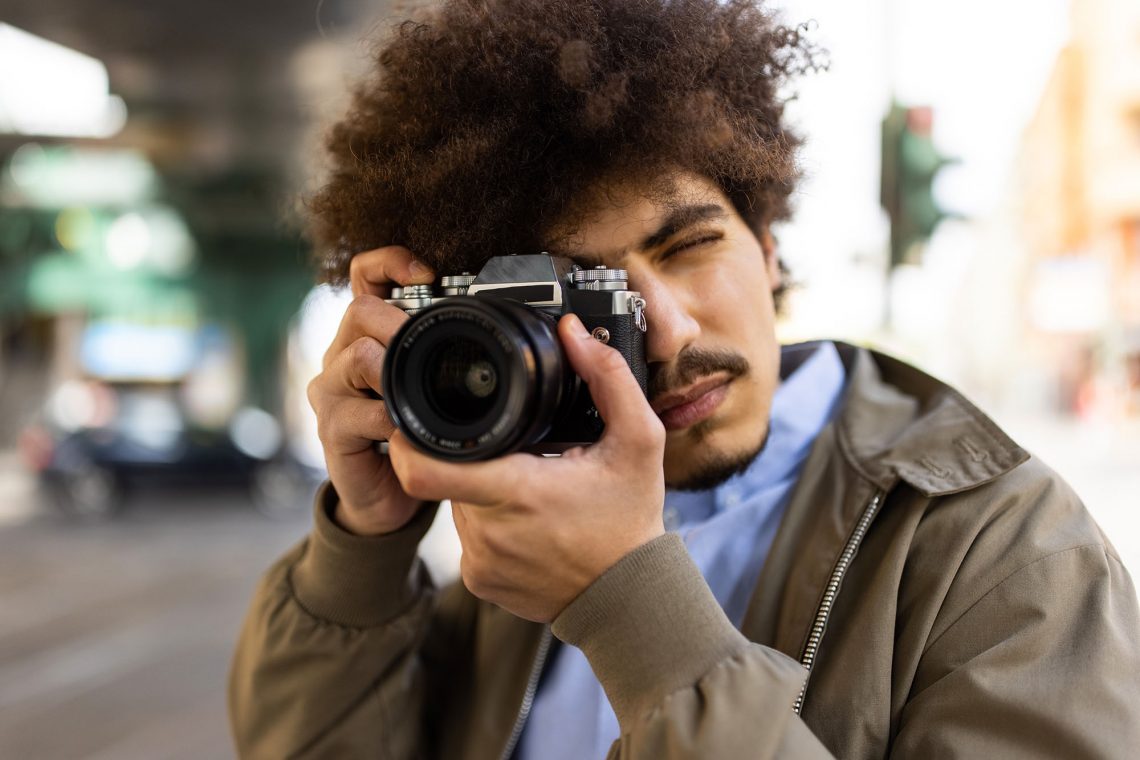
6. Макроплан
Макроплан заповнює кадр об’єктом, показуючи максимум деталей. Зазвичай його використовують для кадрування предметів та частин тіла й обличчя. Макроплан дозволяє глядачеві побачити дрібні деталі, які інакше могли б залишитися непоміченими. Це потужний спосіб повідомити про вирішальний або особливий момент у сцені та передати емоції об’єкта без зайвих слів. Макроплан додає інтимності сцені й дозволяє глядачам пройнятися особистими переживаннями персонажа. Ви також можете використовувати його, щоб досягти комедійного ефекту або створити напругу.
7. План від першої особи
План від першої особи дозволяє побачити сцену очима персонажа. Зазвичай його використовують між кадром, у якому об’єкт на щось дивиться, і кадром, де видно його реакцію. План від першої особи дає глядачеві можливість відчути себе на місці персонажа й зрозуміти його душевний стан на глибшому рівні. Він створює ілюзію доступу до внутрішнього світу героя й може передавати широкий спектр емоцій. План від першої особи часто обирають, щоб підвищити напругу в гарячій дискусії, а також створити тривожне відчуття у фільмах жахів.

8. План з-за плеча
План з-за плеча кадрує об’єкт на середній або близькій відстані. Все виглядає так, наче ви визираєте з-за плеча людини, з якою об’єкт взаємодіє. Це дозволяє глядачам зрозуміти розташування обох персонажів і зорієнтуватися у сцені. План з-за плеча часто використовують у сценах діалогів або групових розмов. Він допомагає визначити, які персонажі розмовляють один з одним, особливо коли вони ведуть запальну розмову або сваряться.
Резюме
Тепер ви точно розрізнятимете різні плани й зможете використовувати ці знання незалежно від того, над чим будете працювати — креативним відеороликом чи повнометражною стрічкою. Розуміння класичних планів і їхніх особливостей допоможе створити потрібний настрій, додати динаміки та підкреслити емоції!
Інші статті, які можуть вам сподобатися:
Найпоширеніші співвідношення сторін для зображень і відео
Як захистити свій контент від крадіжок в інтернеті
40 видів фотографії, про які варто знати: від художньої до воєнної
